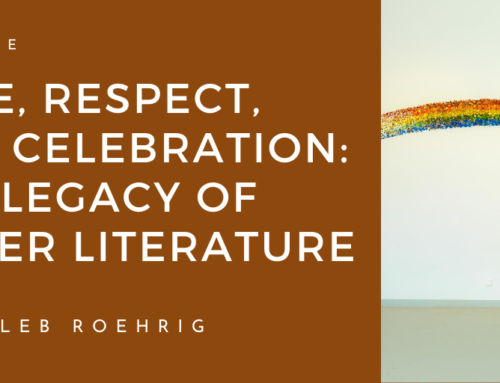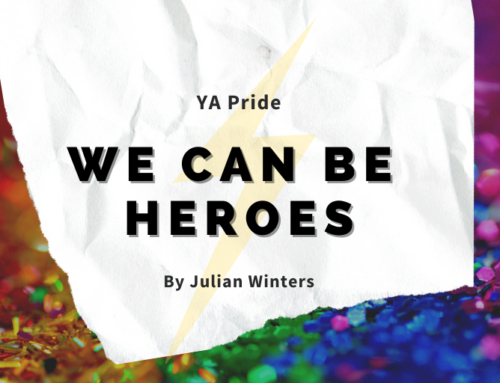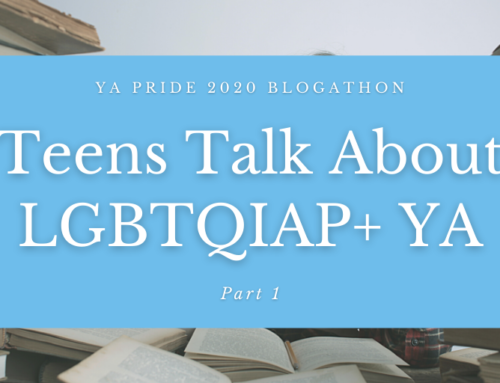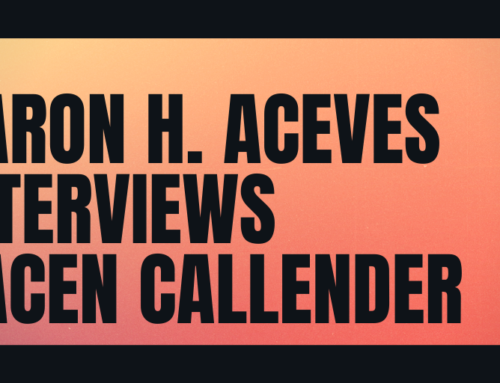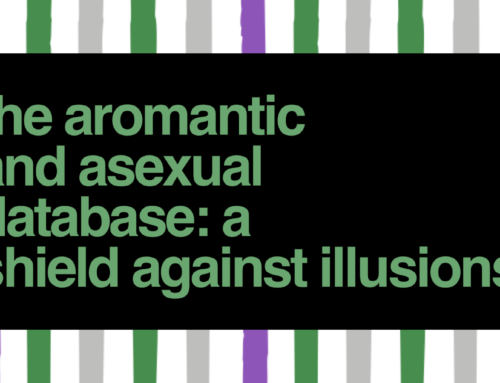Bisexual Awareness Week Day #1 – Previous Posts: Introduction
by Shelly Z
I’ve begun to see that there is a strange duality when it comes to my pride. I wear it openly online, and in person only to those who I know extremely well. I attended Pride for the second year this summer, and I am struck again and again by the duality upon reflection.
A key highlight of Pride for me is seeing the colourful stickers that attendees wear to ID or to just celebrate. The only day I wear my “Proud” sticker is on Pride. I wear it and share smiles with everyone who passes me, smiling at the different but equally important labels that I see. Of all the different stickers, from “bae” to a sticker with a poop emoji on it, I visibly noticed one missing, no variation of bi or bisexual was in sight. At the end of the day, I saw the only “bi” sticker of the event; on the ground, trampled and forgotten.
If I believed in symbolism, it would make the perfect image for how I feel. But since I do not, I will leave you with this. I am proud of who I am, and I am proud to belong in a community. But I sometimes find it shameful to claim my specific identity, as it seems so binary despite what I know to be true of the complexities gender. It is often hard to reconcile my own thoughts to the label I find describes me so well. I also find it difficult to proclaim this identity, instead of within close whispers among friends. I will never forget the multiple times I was coerced into coming out, and the shame that quickly followed. I am not a secretive person, but I tend to keep my ID hidden. I am contradictory; I am ashamed of how ashamed I am.
The weird duality that I feel towards my sexuality is not as prevalent in YA. In the novels I read, there is a common theme: “am I gay?”, the main character will often question. In a best selling fantasy YA novel, a companion to a contemporary best-seller, the main character sees only two options in his sexuality, gay or straight. The novel was wonderful, and I enjoyed it while reading, but I found myself later questioning why the main character never explored the idea of anything but straight or gay, ignoring the complexity of sexuality.
In another novel wrongly pitched to LGBT teens despite having no intention to fulfill any LGBT romances (an interesting marketing feat), the bisexual love interest is greedy, wanting the main character to be hers exclusively but also wanting to remain in a relationship with another character. While this may not be unusual in polyamorous relationships (disclaimer: I have never been in one and may miss some of the subtleties and nuances of one), the novel framed this relationship as something negative, one of the bi character’s flaws.
Where does this leave bisexual characters in YA? I have no idea. I can only state what I think I’d like to see. More bi characters reclaim their label, specifically open-minded teens that separate their label from the binary it might say about gender. Books that emphasis the beauty of pride, but not excluding the majority of bisexuals who make up the LGBT community. Novels that show teens in healthy polyamorous relationships. Teens that navigate who they are in a world that says they can only be one or the other.
Maybe next year, I will reclaim my label and pick out a new sticker for myself. Maybe I will finally embrace the label I’ve most identified with, but have been too scared to share with the world. Maybe the trampled sticker will no longer be found on the ground, but on my chest instead.
—
Shelly Z. is a reader, writer and blogger. She schedules interviews and round-ups new releases on Adventures in YA Publishing, a 101 best site for writers selected by Writer’s Digest, and is a blogger at Read.Sleep.Repeat. She rants as much as she reads. You can find her on twitter at @shellysrambles where she rants about fluffy reads, her library job, and other things that she loves.
